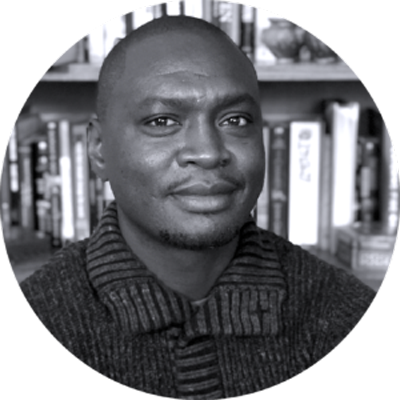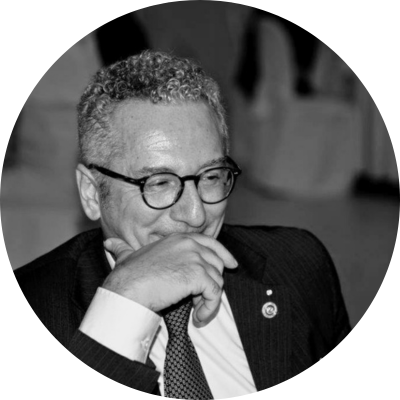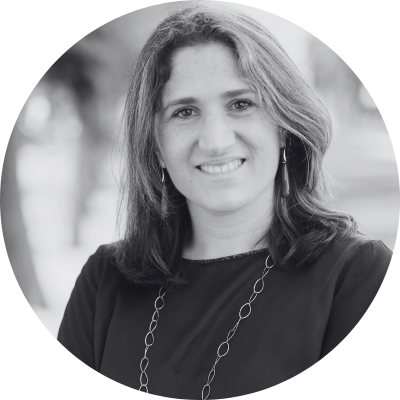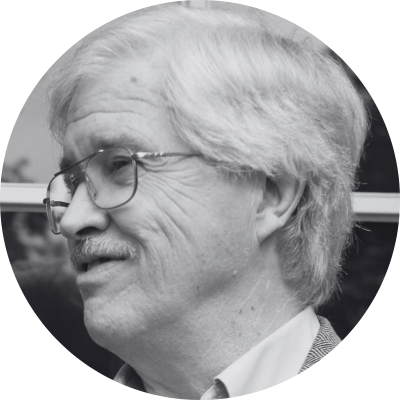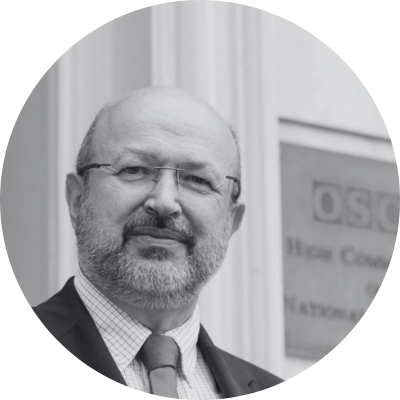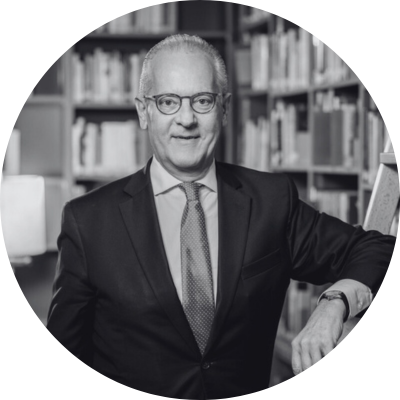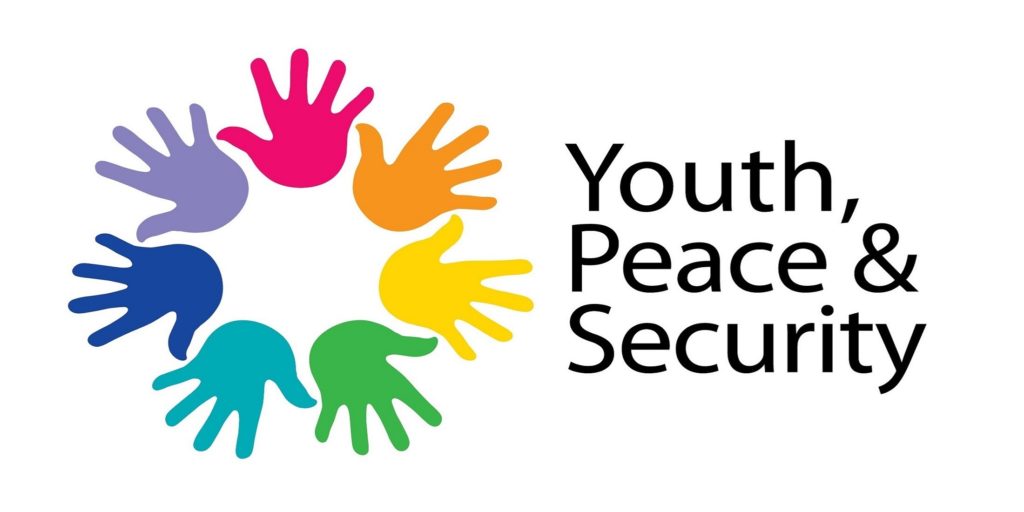
Recent years have seen an increase in attention and awareness of the powerful role of youth as agents for peacebuilding. Many young men and women are creating youth-led movements, networks and organisations to build peace and transform conflicts and at times they are the primary actors in grassroots community development work. Acknowledging the potential of young people for peacebuilding, the United Nations Security Council (UNSCR) unanimously voted for Security Council Resolution 2250 on Youth, Peace and Security. UNCSR 2250 sets guidelines for States, the UN and civil society to ensure young people’s active, systematic and meaningful participation in institutions and mechanisms relating to peace and security.
The Resolution highlights, however, that there exists a critical gap in information on the activities, achievements that young people are implementing as agents for peace and their impact. To this end, the Security Council commissioned a Progress Study in relation to UNSCR 2250. A Global Survey on Youth Peace and Security was therefore developed in 2016, to support in gathering evidence, provide direct inputs and recommend effective responses to actors working at the intersection between youth, peace and security and broader development and humanitarian assistance fields. Targeting youth-led organisations working on peace and security, the survey was conducted online through youth4peace.info with offline versions available for organisations. The final report analysed 399 qualified respondents and provided the broad overview of their activities, achievements, strengths and needs of youth-led organisations.
The survey findings show that youth-led organisations despite operating in challenging contexts – such as working in on-going conflict, with mistrust between youth-community members and local governments, and widespread manipulation – are engaged in noteworthy endeavours for peace and have achieved remarkable successes. These achievements include: integrating youth in national, local and international decision-making processes; preventing violence in their communities (including preventing youth from joining extremist groups); creating formal and informal employment opportunities.
Most of youth led organisations operate with limited funding with half of them operating under USD 5000 per annum. However, despite variations in funding, there exists a common thread in the type of activities that these organisations implement such as trainings, capacity building, advocacy for the inclusion of youth in decision making both within formal and informal structures, organising events, implementing social cohesion projects. Furthermore, due to funding disparity, the life span and impact of these activities vary from one-off to fully established projects.
Given the funding levels, these youth-led organisations reported to operate with 97% of volunteers or unpaid staff and are relying heavily on donations and members to sustain their activities. They target both youth as well as relevant members in their communities such as local and national decision-makers. The average age of leadership among male and female are 29 and 28 years old respectively.
The survey further analysed that the main strengths of youth-led organisations consist of their ability to mobilise youth and communities; to create an open organisational structure that is built on trust, and to value a sense of belonging to a common vision.
When asked about the needs of these organisations, they confirmed that besides funding, they needed trainings, capacity building to monitor their activities and a platform for expanding relations, partnerships, learning and exposure at all levels.
It is therefore important to invest in youth and peacebuilding; and to recognise youth-led organisations as key peacebuilding practitioners. Specifically:
- Investments must be innovative, making funding systems built on mistrust work for organisations built on trust; funding should go beyond small grants; a mechanism should be put in place that opens discussion with youth led organisations, and understand their needs before policies related to funding are developed;
- Currently, there are no agreed ways of measuring youth participation in peacebuilding. There needs to be a general agreement between policy-makers and practitioners on the aim of youth engagement in peacebuilding;
- Finally, partnership needs to be upheld and developed with young people.
In closing, the survey and its findings provide a first global overview of youth-led organisations working in peace and security. It also serves as the starting point for further research to collect evidence on their contributions to peacebuilding.




















